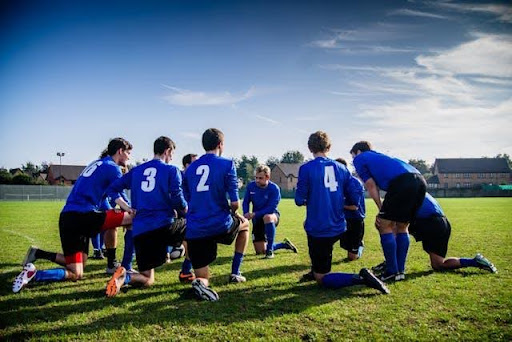The modern sporting world has evolved far beyond its early role as a casual weekend activity. Today, sport can be the centerpiece of a healthy lifestyle, building physical fitness, fostering teamwork skills, developing mental resilience, and delivering personal satisfaction with impressive consistency. While most sports can provide health benefits to a reasonable standard, there is a clear difference between simply "good enough" and activities that feel genuinely rewarding. Understanding which characteristics and requirements matter will help you choose a sport that delivers the very best possible athletic experience.
Physical demands: the first step toward athletic development
A sport's physical requirements form the foundation for almost every form of athletic development you experience, so understanding them is critical. Appropriate intensity levels that match your current fitness capabilities ensure steady progress, whether you're building endurance, developing strength, or improving coordination. However, intensity alone isn't enough. Sport category matters: team sports like football and basketball deliver social interaction and strategic thinking beyond individual activities, resulting in broader skill development and more comprehensive fitness benefits.
Accessibility also plays a crucial role, particularly if you intend to participate regularly in varied environments. Sports with minimal equipment requirements can overcome barriers when training outdoors, while good coaching availability enhances everything from technique development to injury prevention. Learning curve, too, has become increasingly important. A manageable progression not only makes skill acquisition feel smoother but also improves long-term commitment to the activity.
Skill development and community
Athletic participation often demands more from individuals than many people realize. Building technique proficiency, developing game awareness, or handling competitive pressure requires dedicated practice and sufficient support systems. Well-structured coaching programs paired with at least regular training sessions generally ensure steady improvement without plateaus or burnout. This developmental framework also helps maintain motivation as skills become more sophisticated over time.
Community connection is another cornerstone of the sporting experience. A supportive and welcoming club environment prevents isolation when training or competing. Increasingly, sports organizations are also incorporating digital platforms, which can be a game-changer for those who want to track progress or connect with fellow athletes.
The benefit becomes obvious when following training programs that provide structured development and community support. Many athletes also find that recreational activities during downtime, such as online entertainment platforms like Casino777.ch, provide a mental break from the intensity of regular training and competition.
Time commitment and scheduling
The accessibility of a sport is one of its main attractions, but it only matters if the time requirements fit your lifestyle without constant scheduling conflicts. For fitness-focused participation, aim for activities that can deliver meaningful benefits with at least 2 to 3 training sessions per week under realistic time constraints. Organizations often quote idealized training schedules, so practical requirements, factoring in travel time, equipment preparation, and recovery, should guide expectations.
Flexible scheduling can be just as important as overall time commitment. Being able to accommodate varying weekly schedules or seasonal changes can make the difference between maintaining consistent participation and abandoning the activity entirely. Some sports also support cross-training opportunities, allowing athletes to develop complementary skills across multiple disciplines, which adds practical value for comprehensive fitness development.
Equipment costs and facility requirements
Quality sports equipment and facility access can impact participation significantly. While basic gear offers functionality, it depends on durability and performance standards, which aren't always guaranteed with budget options. Choosing sports with reasonable equipment costs, ideally under manageable budget constraints, ensures you can participate effectively without financial strain.
Facility availability can be a significant advantage for those who train frequently or live in areas with limited options. Beyond accessibility, the quality of training facilities also impacts athletic development. Better surfaces, proper lighting, and adequate space mean safer training conditions, more effective skill development, and reduced risk of injury during practice sessions.




